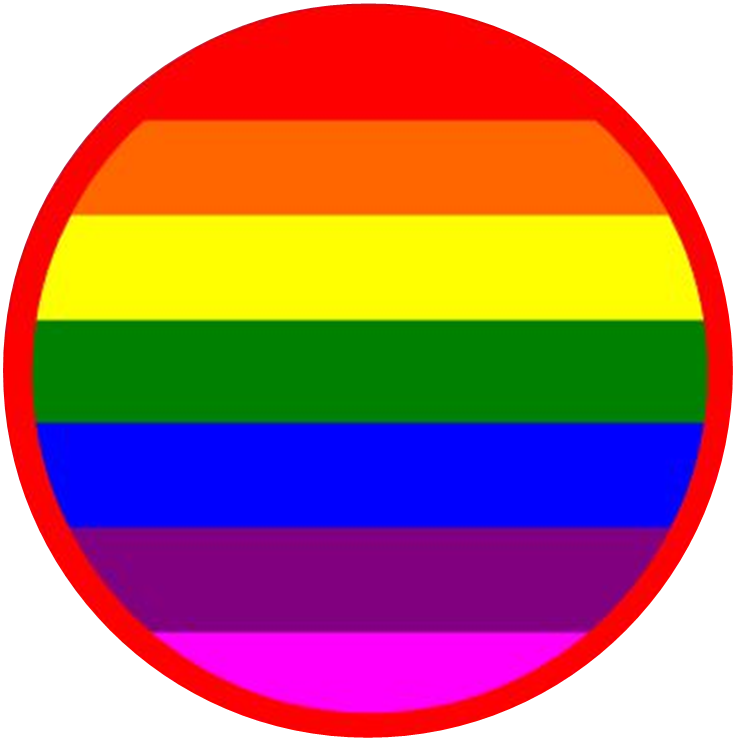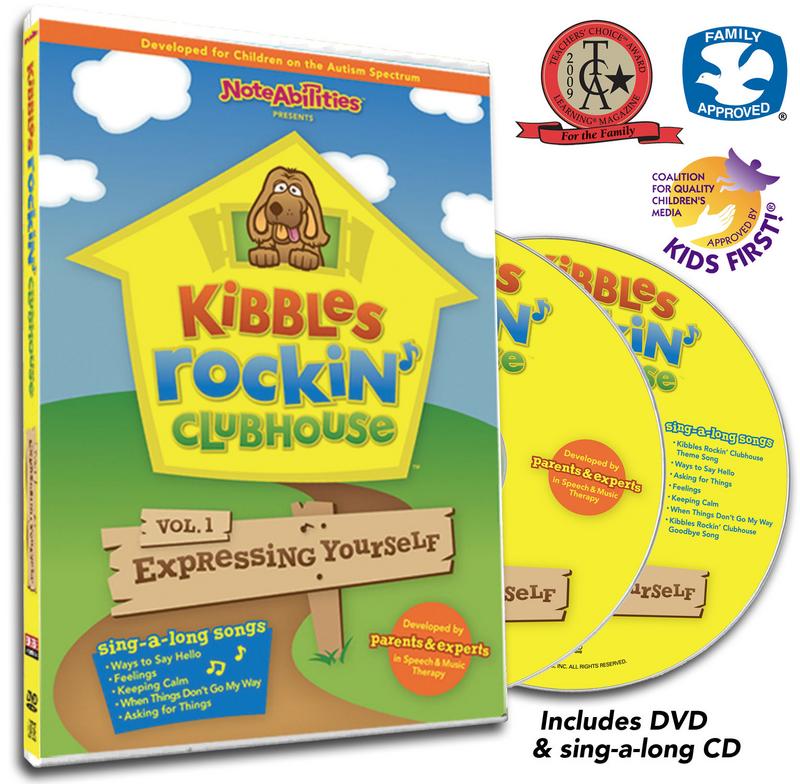© Copyright 2012 Red Circle Rainbow. All Rights Reserved.
Social Skill Strategies
Social Skills
Examples of Social Skill Visual Supports
- How to greet people in different social circles
- Personal space practice
- Voice volume practice
- Routine with social behavior included
- Four page community outing - Barnes & Noble
Hover your mouse over the image to pause.
Website Directory - Quick Links
Kibbles Rockin Clubhouse by Noteabilities uses music and video to teach social skills.
Teaching Social Skills - So Many Choices!
People adjust their social skills and language throughout their entire lives. As we discover improved methods of communication, gain confidence, and become more experienced, even as technology changes, our social behavior changes.
It can be more difficult for people with ASD to understand many social skills, but that doesn't mean that they won't learn them, or be successful socially.
Social Stories™
One popular and effective method used to teach social skills, is the use of Social Stories™. Social Stories™ were invented in 1991 by Carol Gray of the Gray Center in Michigan. Carol has compiled a large body of common situation Social Stories™ in her book, "The New Social Story Book." Carol's book sets forth the guidelines for Social Stories™ in very specific terms. The best way to learn the guidelines is to read her book. It is an easy read and valuable reference.
Not every story with social information is a Social Story™.The Social Stories™ I write might not meet all of the criteria (exactly) for Social Stories™ as Carol defines them. Here in a nutshell and without all of the additionally important definition and detail, is an abbreviated list of criteria (my summary) for a Social Story™:
1. The title states what it's about. (Can build on other stories)
2. Who is it for? Who is the audience?
3. Get the relevant info. What do you want to share?
4. Its purpose is to clarify something.
5. It is written in the first or third person.
6. It is positive, patient, supportive and accurate.
7. It answers Who, What, When, Where, Why and How.
8. It includes descriptive sentences and suggested social
behavior.
9. The complexity Is tailored to the person's abilities.
10. Review, edit, plan positive introduction, and choose
supports.
Visual Supports to Improve Social Skills
Another effective method of teaching social skills are socially targeted visuals. Desired social behavior, such as saying, "Thank you" can also be included in a routine.
Videos
There are many social skills videos available on YouTube and Vimeo. Define the social skill you are interested in teaching and look around. Chances are good you will find something. If you don't, consider making your own video and sharing it on YouTube for other's benefit.
The Social Norm - Learning and Understanding Social Skills
"Compliments" Starring Social Norm - Learning and Understanding Social Skills





